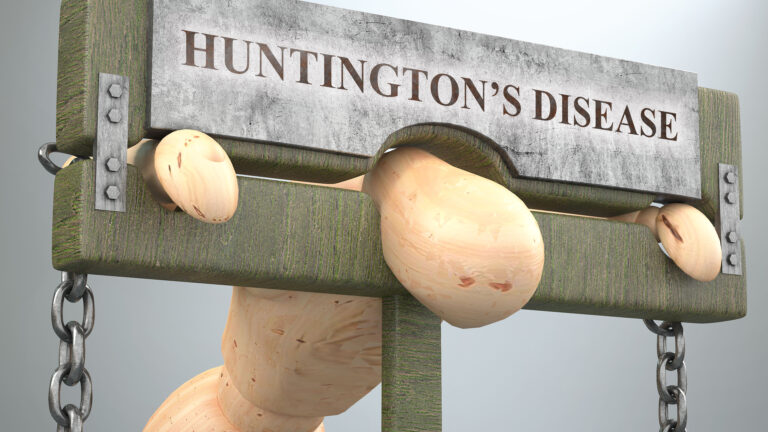### How Your Childhood Marble Runs Built Physics-Based Neural Pathways
Do you remember the countless hours you spent building and running marble tracks as a child? Those simple, winding paths made from cardboard, tape, and marbles might seem like just a fun activity, but they actually played a significant role in developing your understanding of physics and building neural pathways in your brain.
### The Science Behind Marble Runs
When you built a marble run, you were not just creating a fun toy; you were also learning about the fundamental principles of physics. Here are a few key concepts you might have encountered:
1. **Forces and Motion**: Marble runs often involve pushes and pulls. When you placed a marble at the starting point, it began to roll due to gravity. As it moved through the track, it encountered various obstacles like ramps, loops, and turns. Each of these elements affected the marble’s speed and direction, illustrating how forces like gravity, friction, and gravity can change an object’s motion.
2. **Energy Transfer**: When marbles collided with each other or with the track, they transferred energy. This energy could be kinetic (the energy of motion) or potential (stored energy). For example, a marble rolling down a ramp would gain speed, converting potential energy into kinetic energy.
3. **Patterns and Causality**: Marble runs also helped you observe patterns in motion. You might have noticed that certain designs made the marbles move faster or slower, or that some paths were more efficient than others. These observations helped you understand causality—how changes in the track affected the marble’s behavior.
### Building Neural Pathways
As you built and ran your marble tracks, you were not just learning about physics; you were also building neural pathways in your brain. Here’s how:
1. **Problem-Solving**: Building a marble run required problem-solving skills. You had to think about how to create a smooth path for the marble, how to overcome obstacles, and how to make the track more efficient. This process of trial and error helped develop your critical thinking skills and problem-solving abilities.
2. **Spatial Reasoning**: Marble runs often involved spatial reasoning. You had to visualize the path the marble would take and how different elements of the track would interact. This helped improve your ability to think in three dimensions and understand spatial relationships.
3. **Cause-and-Effect Understanding**: As you experimented with different designs, you began to understand cause-and-effect relationships. You learned that changing one part of the track could significantly affect the marble’s behavior, which is a fundamental concept in physics.
4. **Creativity and Innovation**: Building marble runs encouraged creativity and innovation. You had to think outside the box to create unique and efficient tracks, which helped develop your creative problem-solving skills.
### The Impact on Future Learning
The skills and knowledge you gained from building marble runs can have a lasting impact on your future learning. Here’s how:
1. **Science Education**: The understanding of basic physics principles you gained from marble runs can serve as a foundation for more advanced scientific concepts. It helps you understand complex phenomena in a more intuitive way.
2. **Critical Thinking**: The problem-solving skills you developed while building marble runs are essential for critical thinking. These skills can be applied to various areas of life, from science and technology to everyday decision-making.
3. **Creativity and Innovation**: The creative problem-solving skills you honed while building marble runs can be applied to many areas of life. They help you approach problems from unique angles and find innovative solutions.
### Conclusion
Your childhood marble runs might seem like a simple toy, but they played a significant role in developing your understanding of physics and building neural pathways in your brain. By learning about forces, energy transfer, and patterns, you were not just having fun; you were also laying the groundwork for future scientific understanding and critical thinking skills. So the next time you look back on those hours spent building and running marble tracks, remember





